A windscreen is a piece of laminated glass that protects the occupants from stones, insects, birds, animals and the weather. The laminate consists of a layer of glass, an interlayer of plastic and another layer of glass. This interlayer prevents the glass from shattering; old windscreens used to have this problem, showering the vehicle’s occupants with razor-sharp shards of glass, but new windscreens will tend to simply crack and hold together.
The most common cause of a windscreen crack is a stone flung up from an approaching vehicle, but a large bird can have enough force to break it, and anything large hitting it such as in a crash, or a heavy item falling off a trailer, is almost certainly going to break it. Sometimes, an unrestrained item in the vehicle can fly forwards under braking and crack the windscreen.
If a vehicle rolls over, the windscreen helps support the A pillars from being crushed, giving the roof more strength.
Windscreen damage comes in the form of holes, cracks and chips.
Holes
It takes a significant hit from something sharp to penetrate laminated glass, but it is possible. Typically, large stones or bits of metal have enough force, as well as poles and bits of other vehicles (if you’re in a crash).
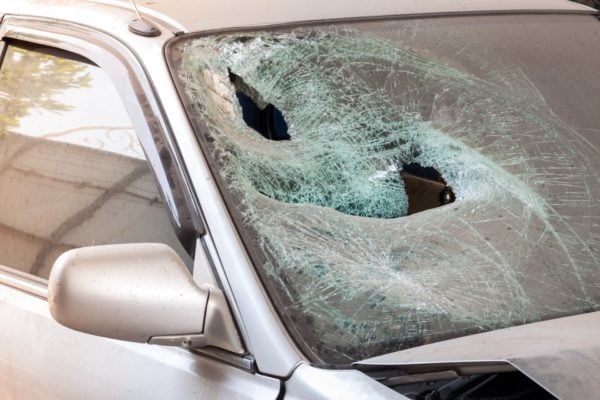
It’s not possible to repair a hole and the screen must be replaced.
Chips
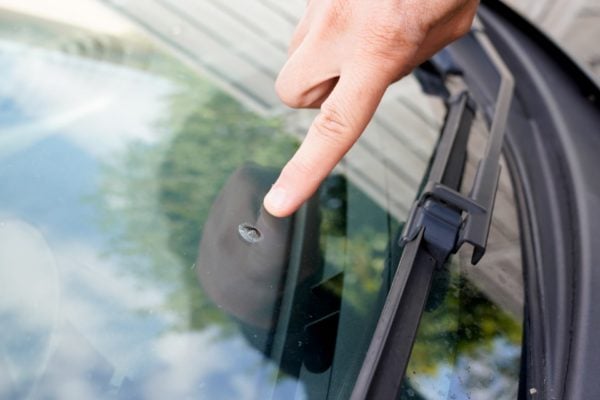
Small chips are most frequently caused by a stone hitting the windscreen and gouging the glass. They are not a crack, although they may develop into a crack. They can be easily filled and repaired, and the windscreen will be a strong as before.
Chips in the line of sight must be repaired with epoxy resin as they become an obstacle to seeing hazards ahead of you. Chips and cracks in certain areas of the windscreen may cause you to fail your WoF and if they are in your direct line of sight, may not be able to be repaired.
Cracks
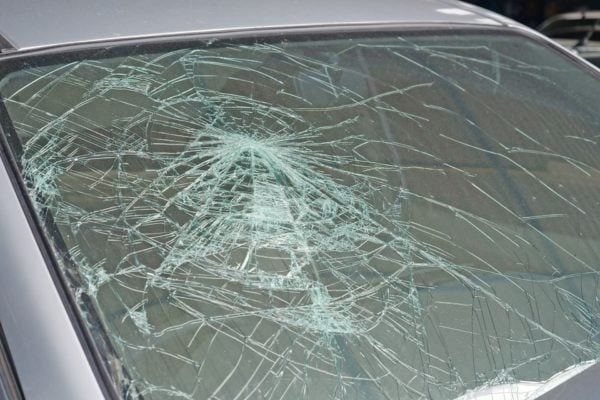
A crack extends through the layer of glass (as opposed to a chip which is usually just surface damage). The glass is held in place by the laminate, but this doesn’t stop the crack from spreading, most commonly as a result of the windscreen flexing as the car goes over bumps.
A small impact will likely create a single crack. This most commonly spreads horizontally across the screen. Larger impacts will create radial cracks that spread in all directions. A really large impact could crack the glass on both sides of the laminate without creating a hole.
Repairs and installations
What starts out as a crack of just a few millimetres can rapidly grow, which is why it’s important to get cracks repaired quickly. Patches are available to keep the crack clean and help prevent it from spreading while you wait for a repair. It’s important that the windscreen is clean when the crack is repaired, that the epoxy fills the whole crack and that it’s cured properly. A failed repair will see the crack redevelop or get bigger.
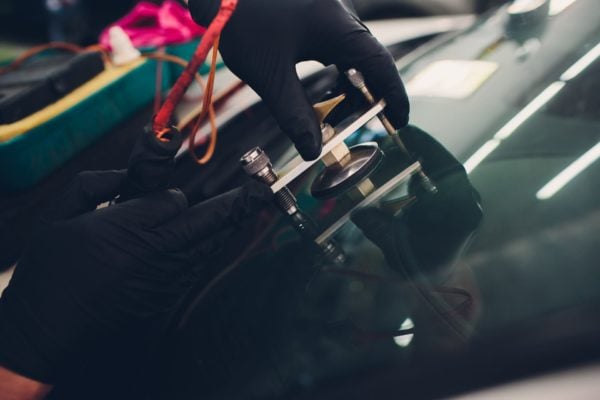
Small cracks can be easily repaired by a mobile window repair company. However, if the crack is long or extends to the edge, the windscreen must be replaced.
The windscreen is removed, the frame cleaned and new glue applied.
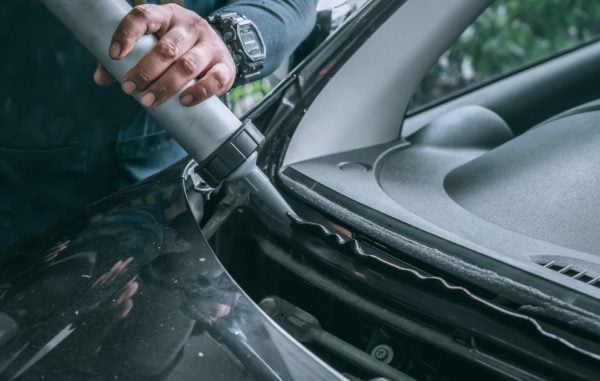
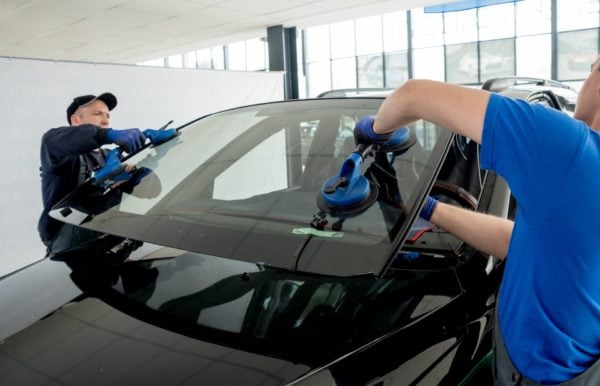
Temperature and weather
Glass expands and contracts as it heats up and cools down. It also can be damaged by hailstones.
In winter, when the glass is covered in ice, pouring hot water on it is the quickest way to melt it. However, if the screen has any defects or existing cracks, this can cause the whole windscreen to shatter as the rapid heating causes it to expand (it’s much less likely to happen if the windscreen is in good condition); using cold water to melt the ice is a safer option.
When it’s cold outside, we also direct our heater to demist the windows and vice versa in summer when our air conditioning does the same job. This creates a cool layer of glass separated from the hot layer of glass by the laminate. This minor stress degrades the window over time by causing tension in the laminate.
By far the most degradation of the windscreen is caused by the constant bombardment of small particles of sand and dirt that wear into the surface and causes tiny scratches, and the action of windscreen wipers. These diffract the light and make it more difficult for the driver to see out, particularly during periods of sunstrike.
The laminate can also detach or ‘delaminate’ causing a milkyness in the screen. The windscreen will need to be replaced in this case.
Finally, bird droppings left on the screen are high in uric acid and full of grit. When you clean them off, this scratches the windscreen.
Preventing cracks, chips and holes in your windscreen
What signs indicate danger to your windscreen?
Any of these three signs indicate that there could be loose stones on the road surface.
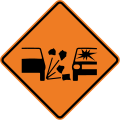





What actions can you take to stop chips and cracks in your windscreen?
- Check your windscreen frequently; truck drivers must do this every day as part of their pre-trip inspection.
- As soon as you notice a crack or chip, take it to a glass repairer or get a mobile glass repairer to come to you. If you leave it too long, it might not be able to be fixed and must be replaced
- On recently resealed roads, keep your speed down to reduce the risk of a stone thrown up by a vehicle coming towards you causing damage to your screen (it’ll also reduce the risk of you causing damage to other vehicles)
- Park in a garage if possible and avoid parking under trees where birds might cause a mess on your car
- Increase your following distance so that stones thrown up by the vehicle in front don’t have as much impact on your vehicle. If you’re following a vehicle that is shedding stones (e.g. a person who has loaded a trailer with aggregate without covering it), stay back – don’t tailgate them.
- Don’t operate your windscreen wipers when the screen is dry. Use intermittent wipers in light rain. Many new vehicles auto-sense rain and operate the windscreen wipers only when necessary
- Truck drivers can purchase a mesh barrier that reduces the chances of a stone breaking the windscreen


